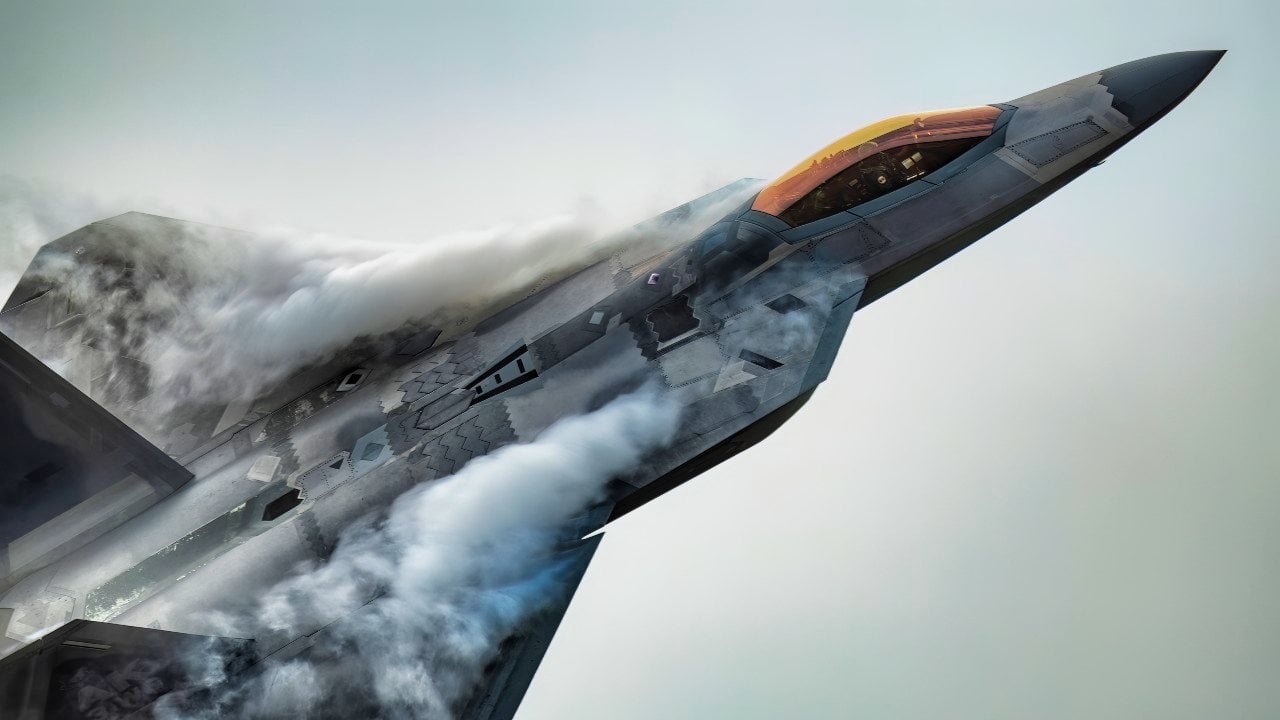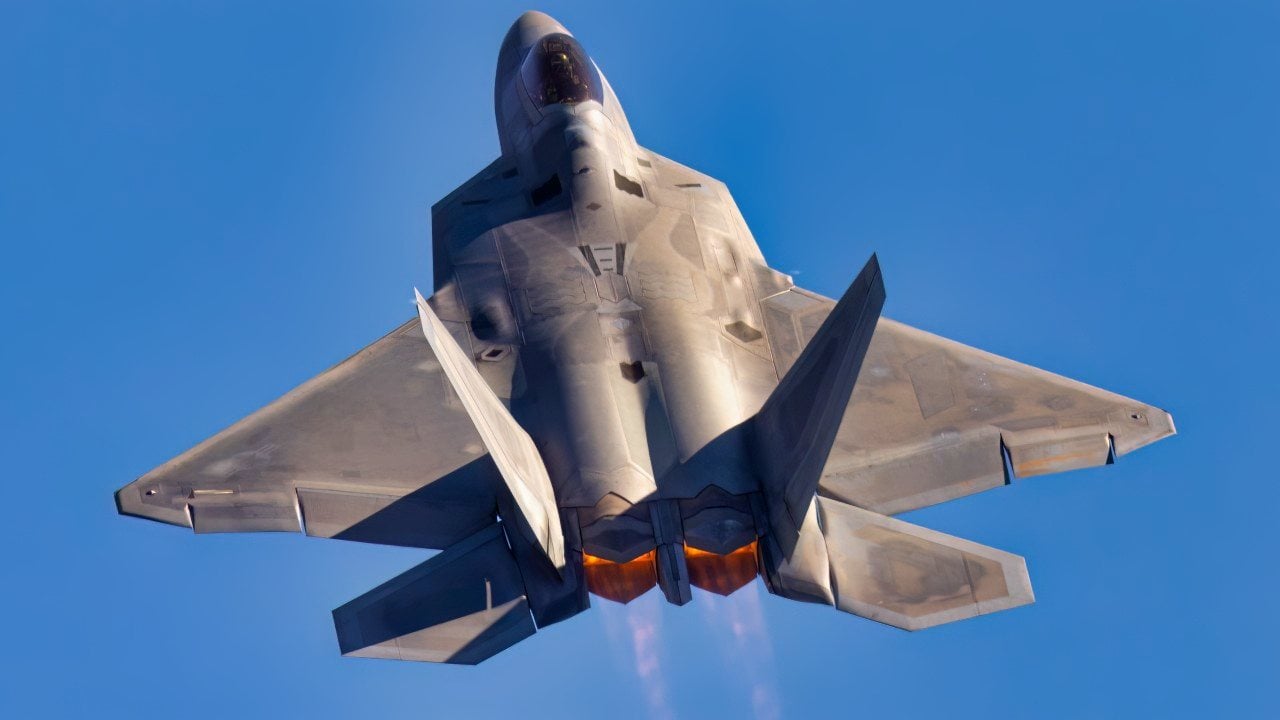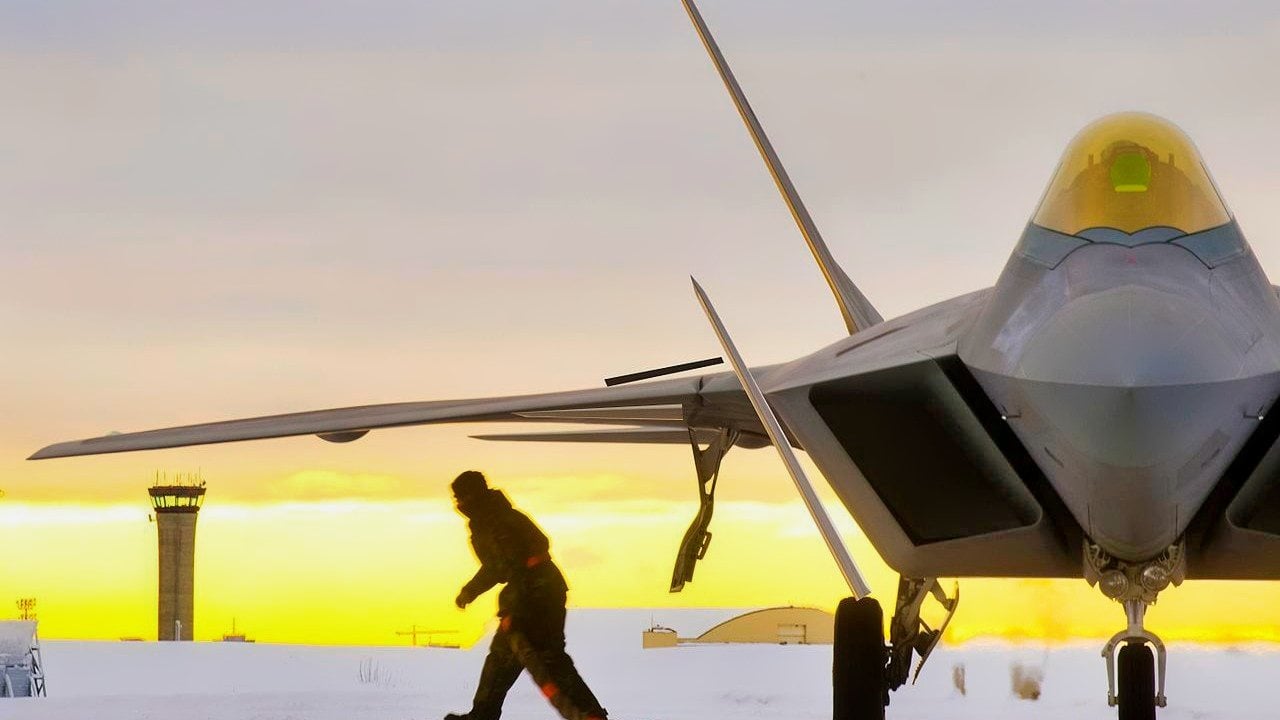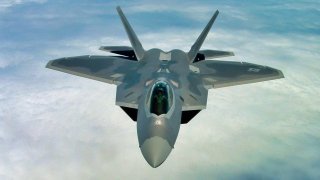'You Really Ought to Go Home': An F-22 Fighter Flew Under an Iranian F-4 Undetected
In 2013, an incident involving a U.S. F-22 Raptor and an Iranian F-4 Phantom highlighted the stark technological gap between the two countries' air forces. The F-22 covertly maneuvered beneath the F-4, ultimately advising the Iranian pilot to return home, showcasing superior American airpower.
Summary: In 2013, an incident involving a U.S. F-22 Raptor and an Iranian F-4 Phantom highlighted the stark technological gap between the two countries' air forces.
-The F-22 covertly maneuvered beneath the F-4, ultimately advising the Iranian pilot to return home, showcasing superior American airpower.
-This event underscored the outdated nature of Iran's military hardware, primarily inherited from pre-revolutionary times when the U.S. supported the Shah.
F-22 Raptor vs. F-4 Phantom: A Decade Ago Encounter That Highlights U.S. Air Supremacy
Iran has been waging a covert, decade-long hunt of U.S. military drones operating near their territory. Infamously, it was able to capture a Lockheed Martin-built RQ-170 Sentinel drone in 2011. Since that time, the Islamic Republic has claimed that they can and often do hack the feeds of U.S. drones operating near their territory.
While experts disagree with the Iranian claim, there have been occasions when the Americans show their teeth and send the braggadocious Iranians flying for the mountains.
Such was the case in 2013, when an old Iranian F-4 Phantom threatened to shoot down an RQ-170 drone. During the intercept, the Iranian pilot was certain he had the American drone dead to rights. Just before the pilot could end the drone’s flying days forever, though, he noticed an unwanted visitor.
An F-22 Raptor appeared beside the F-4 Phantom, and the U.S. pilot radioed to his Iranian rival, “You really ought to go home.”
Unbeknownst to the Iranian pilot, the F-22 had spent several minutes flying just below the Iranian plane so that the American pilot could inspect the F-4’s unimpressive, antique weapons package.
The Iranian bird had no clue the Raptor had been flying beneath it the entire time. And had the American plane never revealed itself to the Iranian bird, it is unlikely that the Iranian pilot would have ever known.
According to the U.S. Air Force, this was a purposeful strategy of intimidation. Sometimes it is better to imply the threat of violence rather than act on it. The message was received in its full meaning, and the humiliated Iranian F-4 pilot turned away, heading home without the kill he had been seeking.
The F-22 Raptor vs. the F-4 Phantom II: Not a Fair Fight
That’s the power of the F-22 Raptor. Iran’s F-4 Phantoms are antiques. These were once top warplanes. The Americans gave them to the Iranian military when the Shah ran Tehran, which was America’s closest ally in the Middle East.
After he was overthrown by Ayatollah Ruhollah Khomeini and his Islamist revolutionaries, America cut off Iran’s access to its advanced military equipment, leaving Iran’s air force essentially frozen in time.

The F-22 vs F-4 encounter in 2013 was highlighted as a hilarious mismatch between weak Iranian forces and overpowered American forces.
But much has changed in the last decade, and not for the better.
Beware of Russia Selling Iran Advanced Warplanes
For instance, the high-tech Americans lost to the low-tech Taliban in Afghanistan, sending geopolitical shockwaves throughout the world and undermining America’s overall strategic position in the Greater Middle East. Meanwhile, the Americans have been stretched to their breaking point, with multiple military crises erupting at once even as its military and defense industrial base decline.
Meanwhile, Iran has gotten more aggressive in the last few years, supporting the Houthi Rebels in Yemen as they plague international shipping, and sustaining Hezbollah and Hamas in their war against Israel.

As part of their larger quest for supremacy in the Middle East, Iran has increasingly relied on foreign allies such as Russia and China to backstop their grand ambitions. The Russians in particular have formed a symbiotic relationship with Iran. For as long as the Russian war against Ukraine has raged, Iran has been one of the primary suppliers of defense goods to Russia. In turn, with the conflict between Iran and Israel intensifying in the Mideast, Iran needs greater levels of military aid and support from Russia.
A report a year ago by SNN news agency, which is close to the Islamic Revolutionary Guard Corps, stated that the Iranians were awaiting delivery of new Russian Sukhoi-built Su-35 warplanes. These birds would replace the antique F-4 Phantoms that the US F-22 intercepted a decade ago. Tehran denied the report as “fake news.”

Other reports indicated that, on top of the Su-35s, the Iranians would receive MiG-28H helicopters and Yak-130s from Russia.
Don’t Underestimate the Russo-Iran Alliance
However accurate or not those reports may have been, the Iranians and Russians have a common foe, the United States. Moscow needs Tehran to complicate America’s grand strategy and to distract the Americans from Russia’s actions in Ukraine.
Granting Iran access to advanced warplanes – even ones with the mixed record of the Su-35 – would set the Americans back, preventing the kind of humiliation performed against an Iranian pilot a decade ago.

The U.S. military should be prepared for such a destabilizing moment.
About the Author
Brandon J. Weichert, a National Interest national security analyst, is a former Congressional staffer and geopolitical analyst who is a contributor at The Washington Times, the Asia Times, and The-Pipeline. He is the author of Winning Space: How America Remains a Superpower, Biohacked: China’s Race to Control Life, and The Shadow War: Iran’s Quest for Supremacy. His next book, A Disaster of Our Own Making: How the West Lost Ukraine, is due October 22 from Encounter Books. Weichert can be followed via Twitter @WeTheBrandon.


